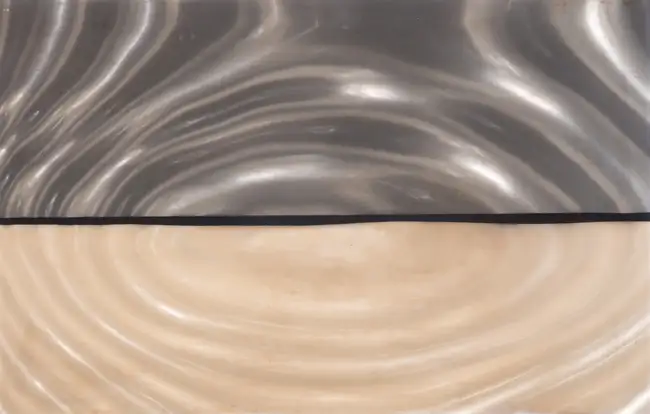Lot 83
Roy Lichtenstein (1923-1997)
Landscape 2, from Ten Landscapes (Corlett 52)
Estimate: £1,000 - 1,500
Description
Roy Lichtenstein (1923-1997)
Landscape 2, from Ten Landscapes (Corlett 52)
Screenprint on four-ply board with a translucent moiré overlay mounted on composition board, 1967, a printer's proof aside from the edition of 100, printed by Fine Creations Inc., co-published by Original Editions and Leo Castelli Gallery, New York, the full sheet printed to the edges, sheet 291 x 458mm (15 1/2 x 16 1/2in)
Ex. Coll Charles Cardinale, the Printer of the edition.
One of the most adventurous print portfolios of the 1960s, 10 Landscapes utilised the new and exciting material Rowlux, a 3-dimensional moiré plastic sheeting, most often used as drum wraps. Roy Lichtenstein was the first artist to see possible artistic application of the material and worked closely with Fine Creations Inc’s., owner Charles Cardinale in the printing and production of the series. The portfolio was a commercial success, and Cardinale subsequently worked with both Salvador Dalí and Richard Linder who also used this revolutionary material in some of their graphic works.
Description
Roy Lichtenstein (1923-1997)
Landscape 2, from Ten Landscapes (Corlett 52)
Screenprint on four-ply board with a translucent moiré overlay mounted on composition board, 1967, a printer's proof aside from the edition of 100, printed by Fine Creations Inc., co-published by Original Editions and Leo Castelli Gallery, New York, the full sheet printed to the edges, sheet 291 x 458mm (15 1/2 x 16 1/2in)
Ex. Coll Charles Cardinale, the Printer of the edition.
One of the most adventurous print portfolios of the 1960s, 10 Landscapes utilised the new and exciting material Rowlux, a 3-dimensional moiré plastic sheeting, most often used as drum wraps. Roy Lichtenstein was the first artist to see possible artistic application of the material and worked closely with Fine Creations Inc’s., owner Charles Cardinale in the printing and production of the series. The portfolio was a commercial success, and Cardinale subsequently worked with both Salvador Dalí and Richard Linder who also used this revolutionary material in some of their graphic works.







